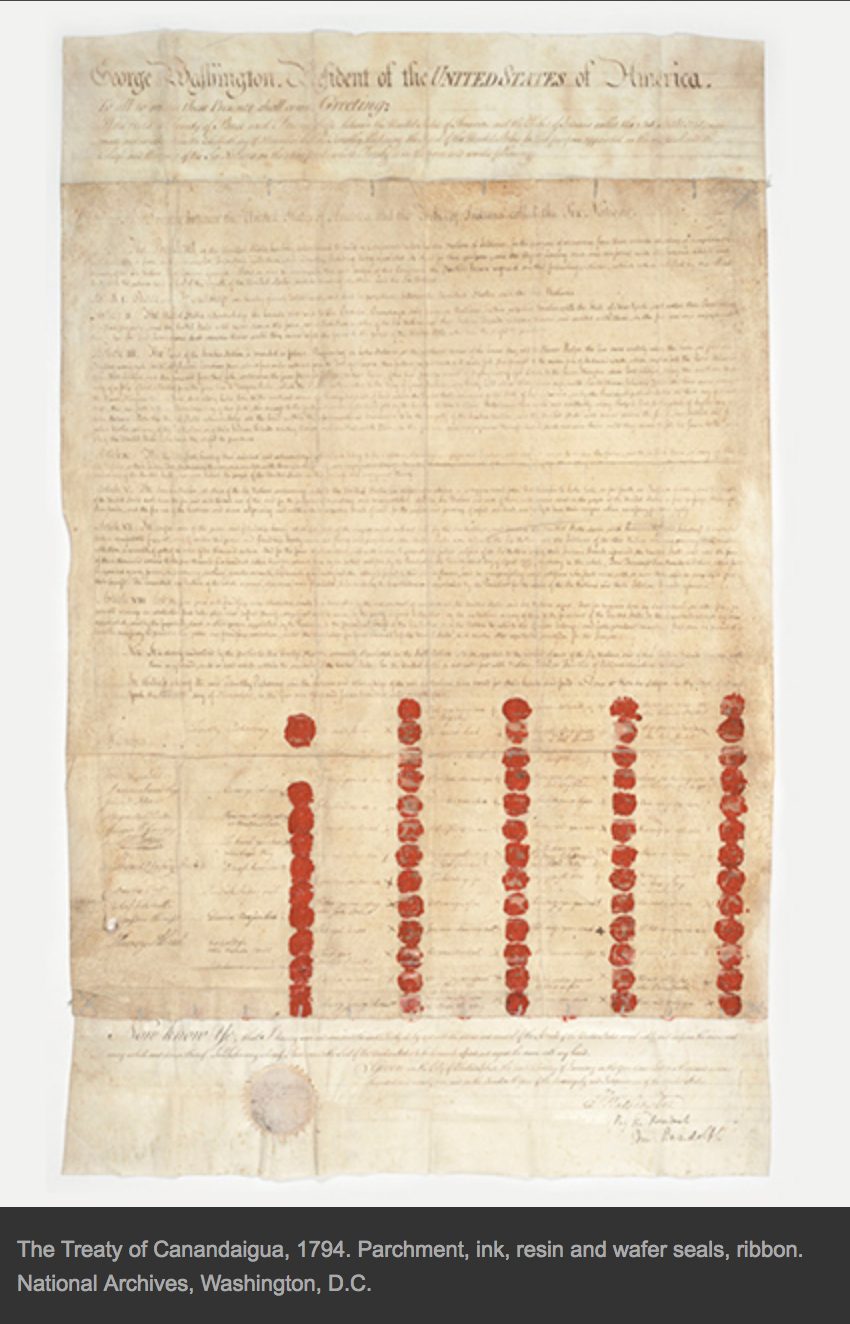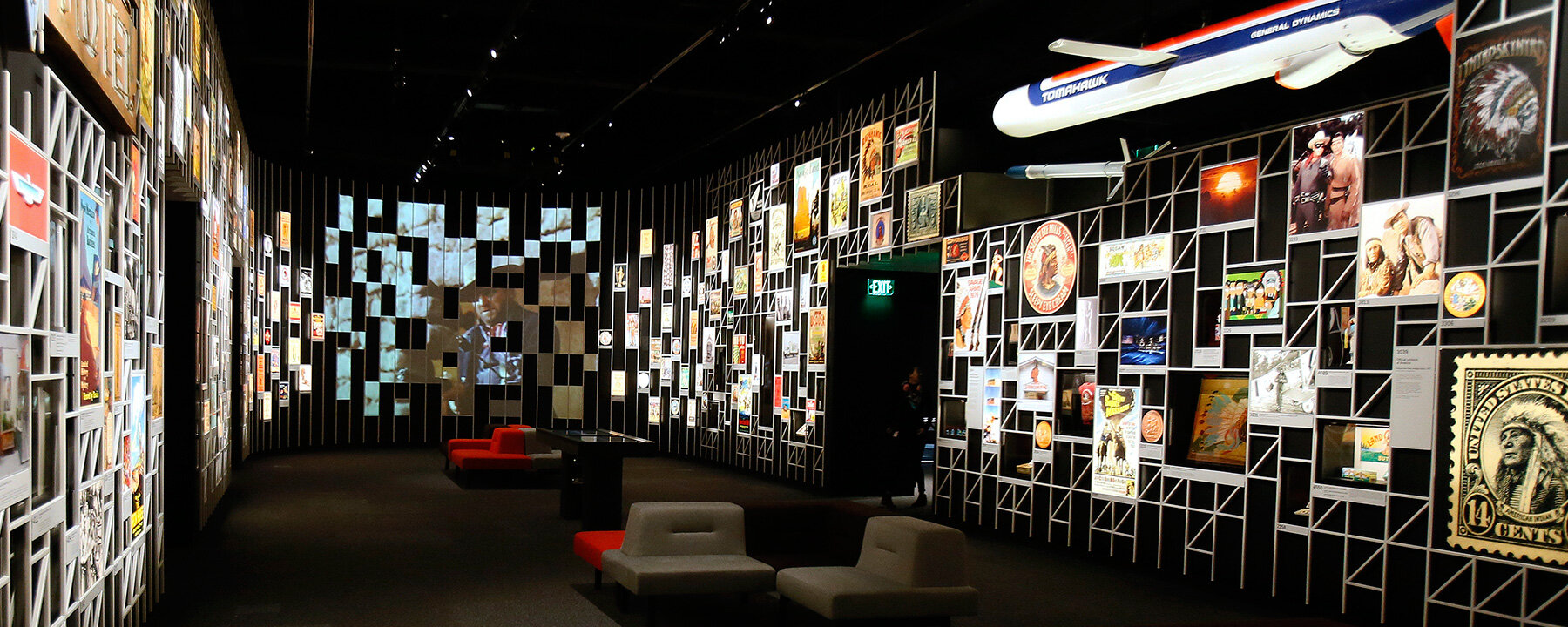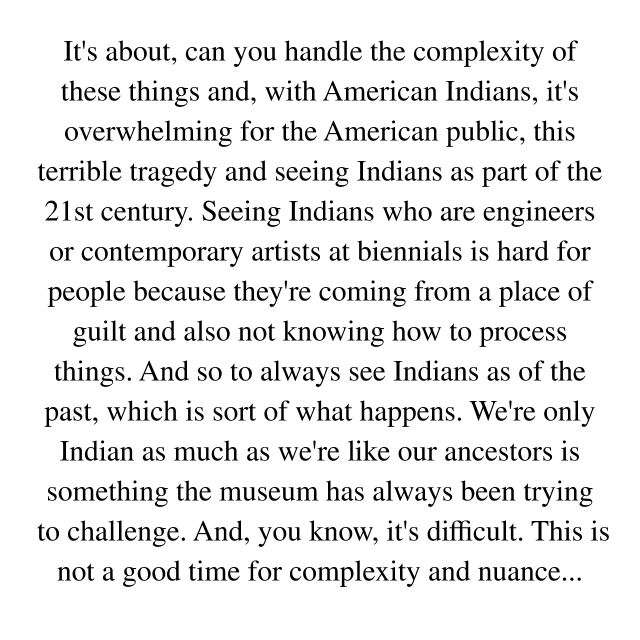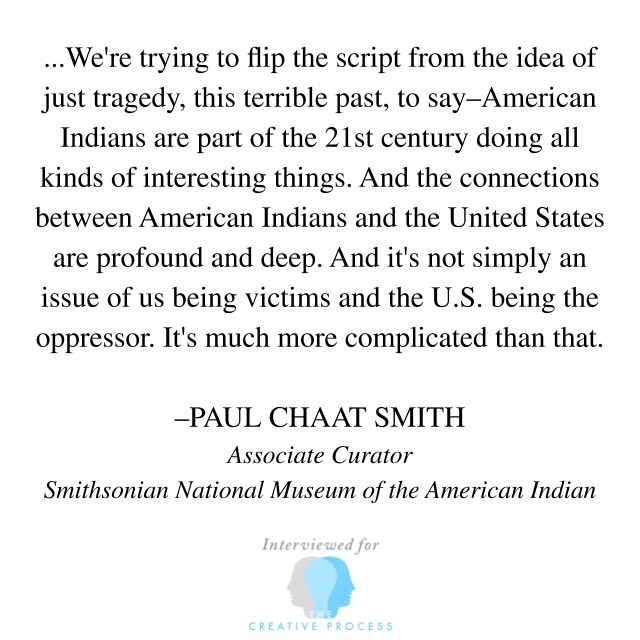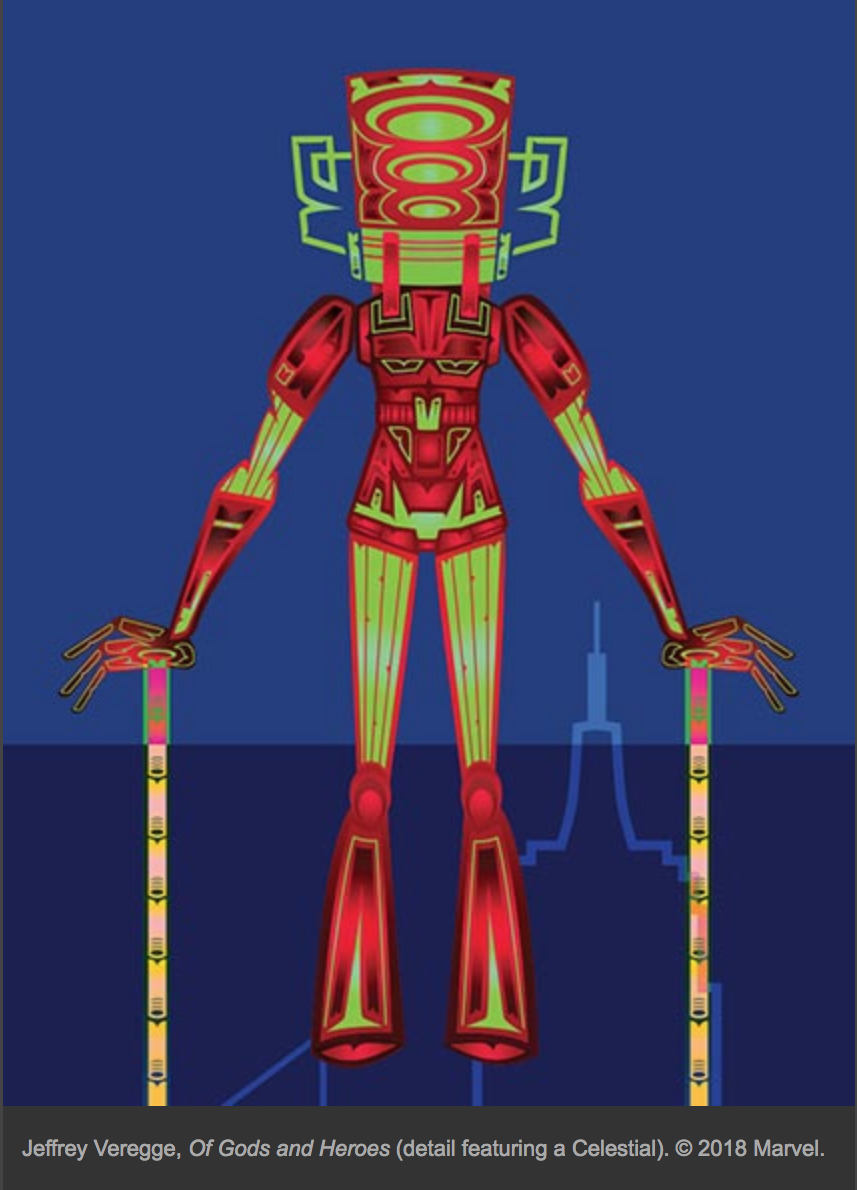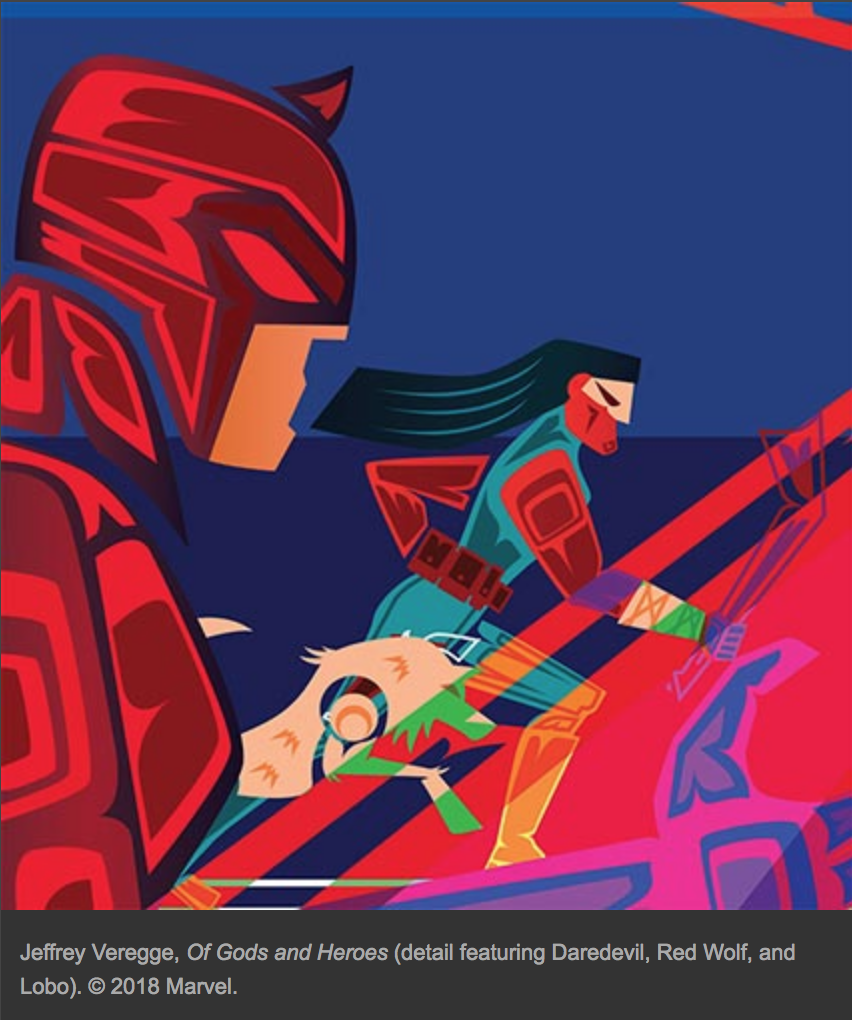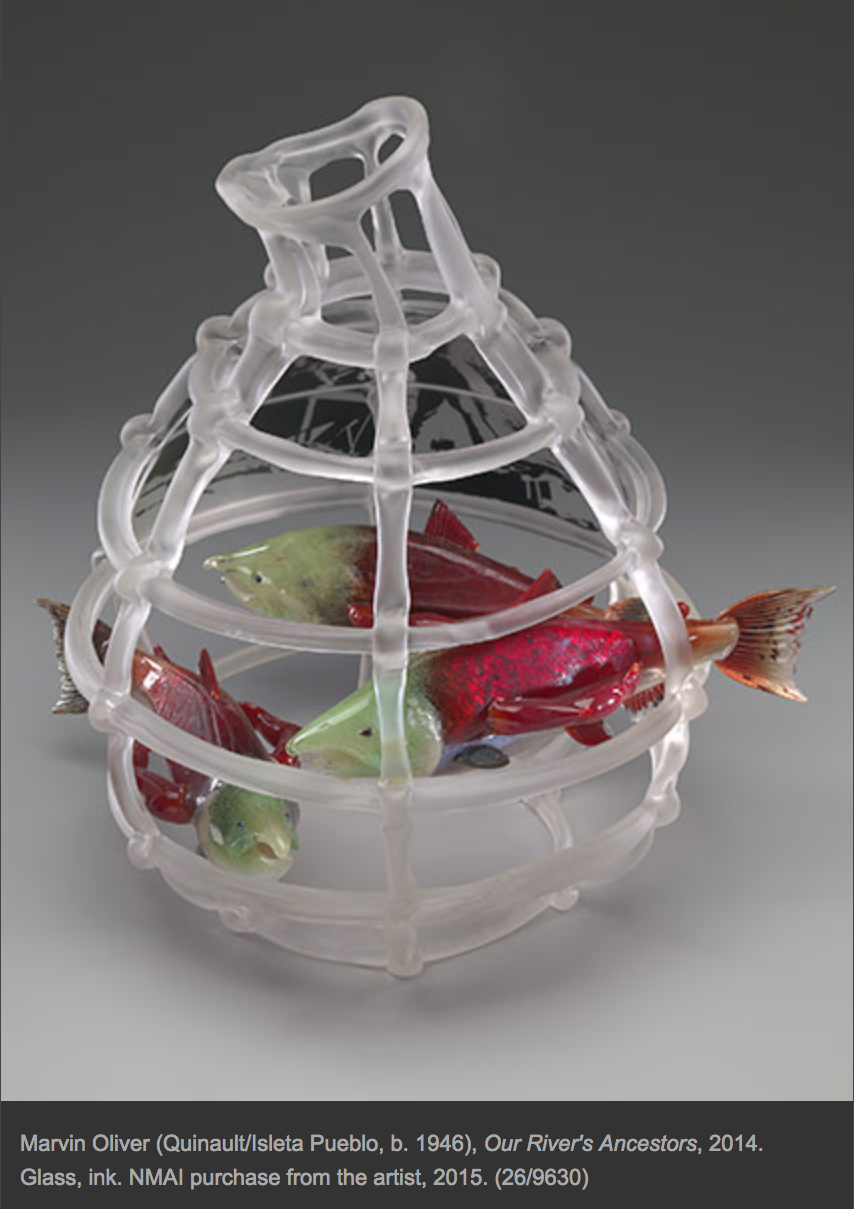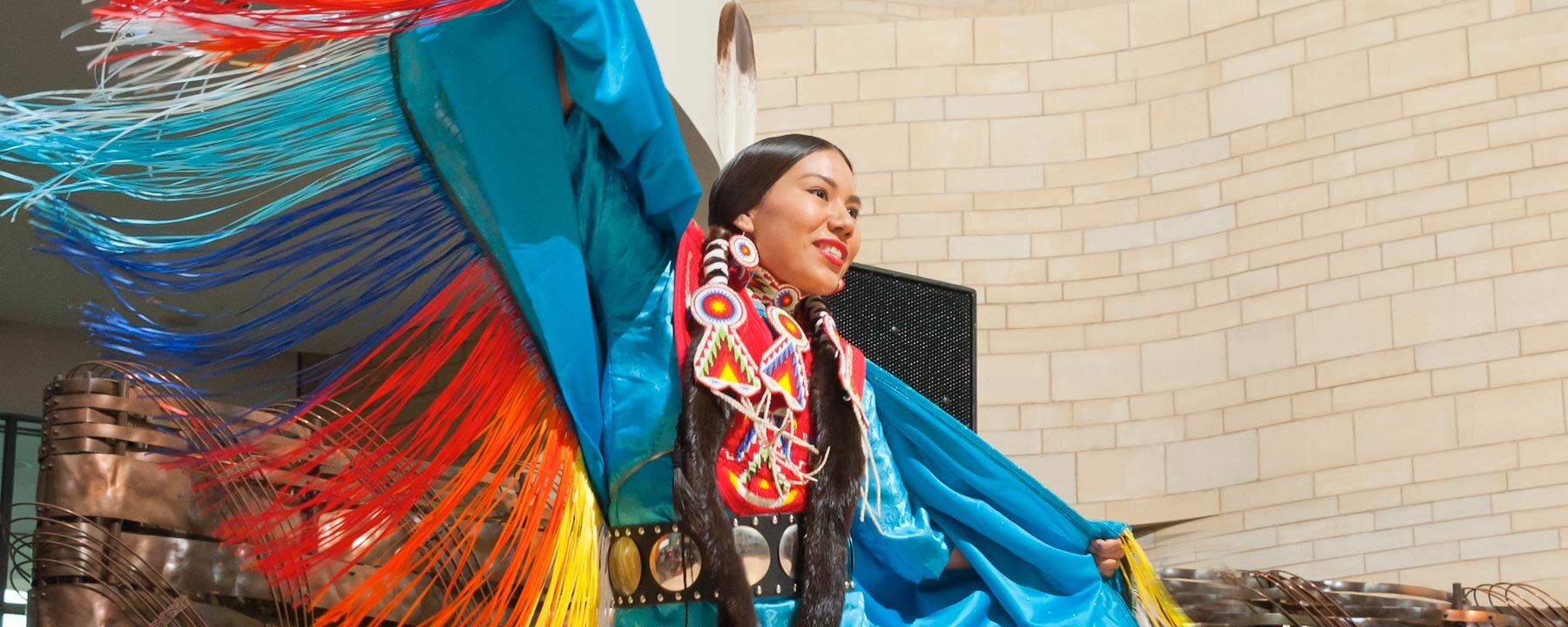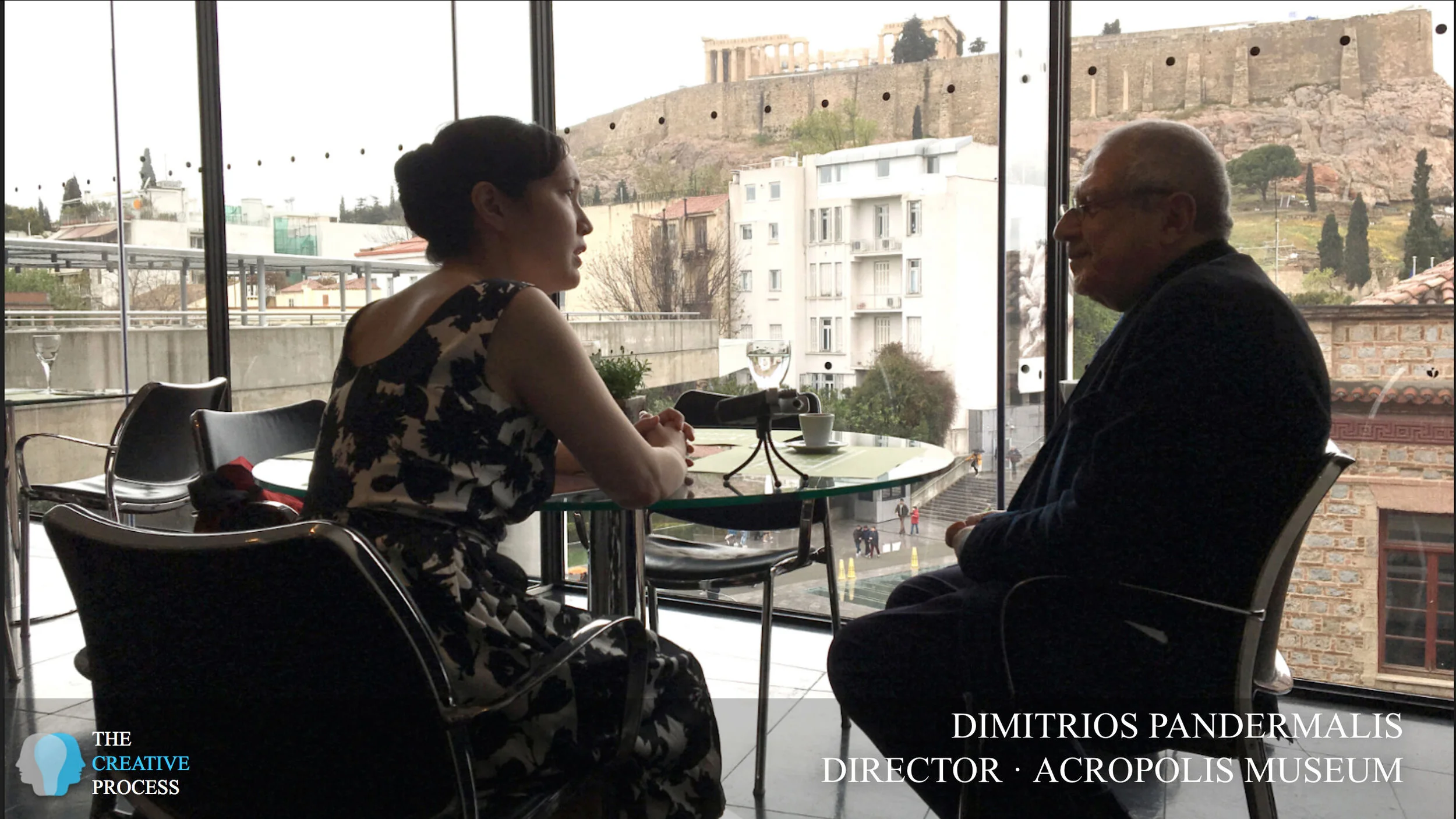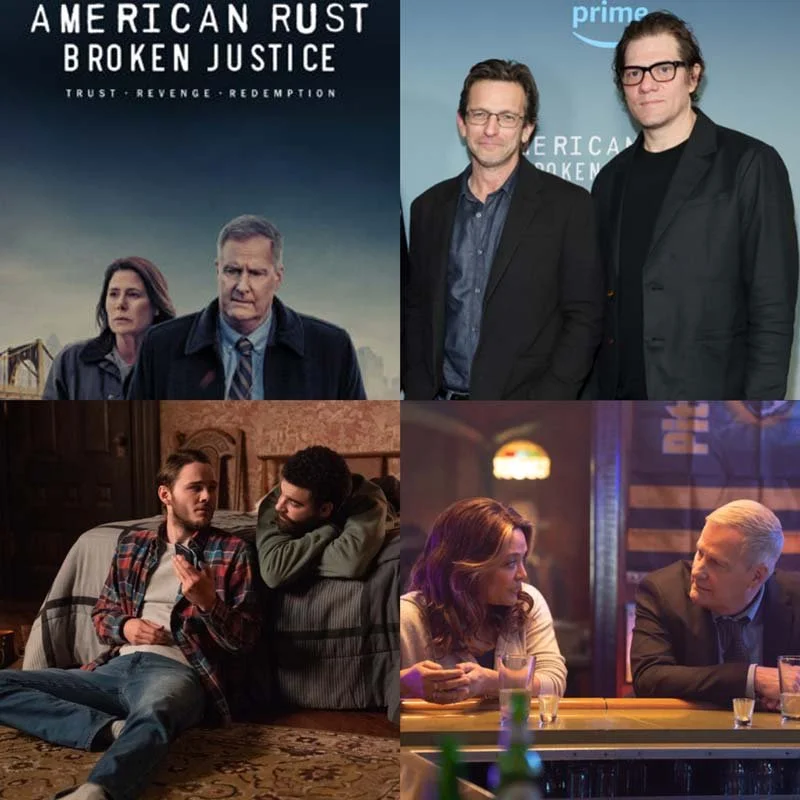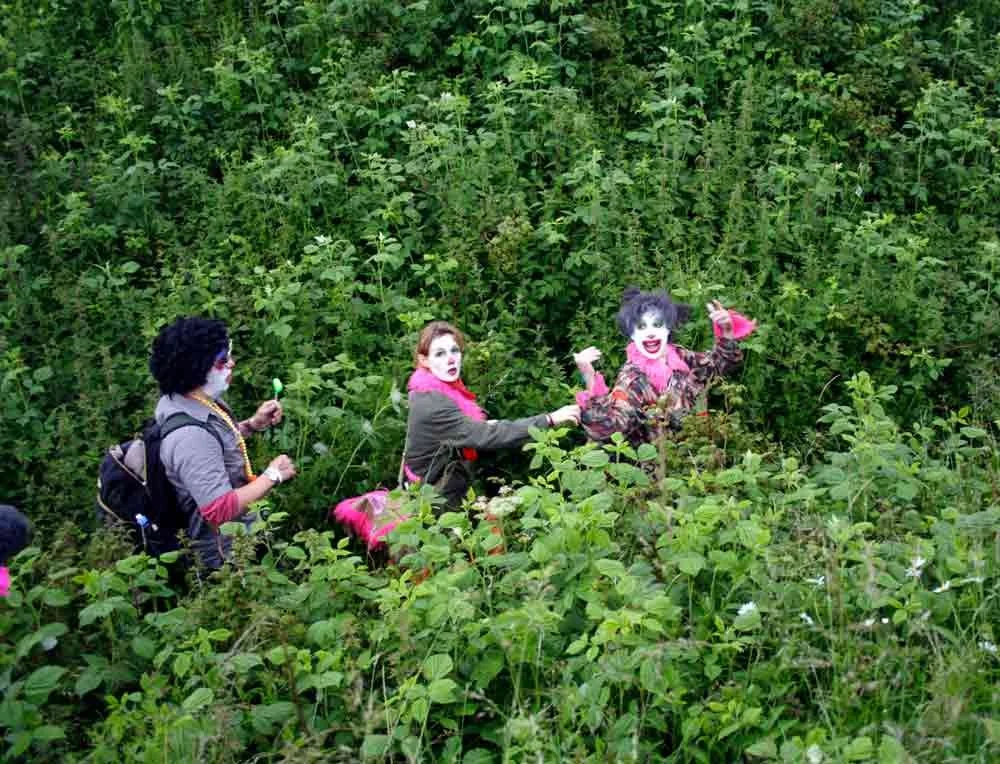Paul Chaat Smith is a Comanche writer and curator. He joined the Smithsonian’s National Museum of the American Indian in 2001, where he serves as Associate Curator. His projects include the NMAI’s history gallery, performance artist James Luna’s Emendatio at the 2005 Venice Biennial, Fritz Scholder: Indian/Not Indian, and Brian Jungen: Strange Comfort. With Robert Warrior, he is the author of Like a Hurricane: the Indian Movement from Alcatraz to Wounded Knee, a standard text in Native studies and American history courses. His second book, Everything You Know about Indians Is Wrong is a memoir and commentary from Paul about the contradictions of life in the Indian business.
PAUL CHAAT SMITH
It's about, can you handle the complexity of these things and, with American Indians, it's overwhelming for the American public, this terrible tragedy and seeing Indians as part of the 21st century. Seeing Indians who are engineers or contemporary artists at biennials is hard for people because they're coming from a place of guilt and also not knowing how to process things. And so to always see Indians as of the past, which is sort of what happens. We're only Indian as much as we're like our ancestors is something the museum has always been trying to challenge. And, you know, it's difficult. This is not a good time for complexity and nuance. We're trying to flip the script from the idea of just tragedy, this terrible past, to say–American Indians are part of the 21st century doing all kinds of interesting things. And the connections between American Indians and the United States are profound and deep. And it's not simply an issue of us being victims and the U.S. being the oppressor. It's much more complicated than that.
❧
Indians are 1 to 2% of the United States. Most Americans live in cities or suburbs where they don't see Indians. In a handful of places in the U.S., you see Indians as actual political figures important in daily life...but most people never see Indians. People come into our museums and they think they've never seen an Indian before in their lives.
❧
For me, the National Museum of the American Indian was always a preposterous, ridiculous project. I watched it come into being during the late 1980s because it was something of great interest to the American Indian community. And watching it from the outside, it was both inspiring, the idea of a museum of Indian people, but it also had the feeling of something that was trying to do so much that it could never really be successful.
So I think it's useful to remember how the museum came into being. It wasn't always here. There were these different activist folks who lobbied for a museum to tell the big truth about American Indians. So that was going all the way back to the 1960s. So it's kind of a fluke that the museum happened. There was this big collection in New York, eight hundred thousand objects. A collection built by one guy in the first half of the 20th century, a guy named George Hight. And then he died. The museum was declining. Who's going to get eight hundred thousand Indian objects? So it became like a contest between Ross Perot, the eccentric Texas billionaire who ran for president in the 1990s, and the American Museum of Natural History in the Smithsonian. So, that's all just to say that, the Smithsonian said, you know, we're the Smithsonian, we're taking this. Goodbye. Thanks for playing. But it was kind of a fluke that the museum happened. It wasn't a built-in thing. If there had not been a collection already, it's unlikely the Smithsonian never would have tried to build one. So, for me, it's always a project with huge contradictions. This one wealthy investment banker likes Indian stuff. He buys a whole lot of it. Some of it was, you know...he was actually arrested once for gravedigging in New Jersey, but other things were not as sketchy.
This is an excerpt of a 7,000 word interview which will be published and podcasted across a network of participating university journals and national arts/literary magazines.
This interview was conducted by Mia Funk with the participation of collaborating universities and students. Associate Interviews Producer on this podcast was Jesse Jensen. Digital Media Coordinator is Yu Young Lee. “Winter Time” was composed by Nikolas Anadolis and performed by the Athenian Trio.
Find us on Apple Podcasts, Spotify, Google Podcasts, Podcast Addict, Pocket Casts, Breaker, Castbox, TuneIn, Overcast, RadioPublic, Podtail, and Listen Notes, among others.
Mia Funk is an artist, interviewer and founder of The Creative Process.




